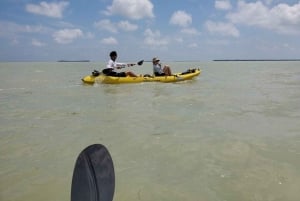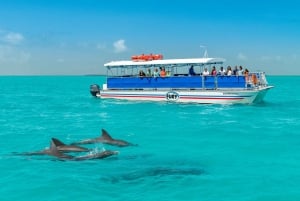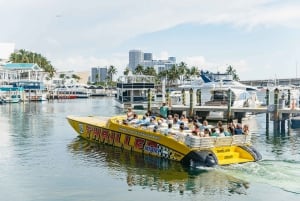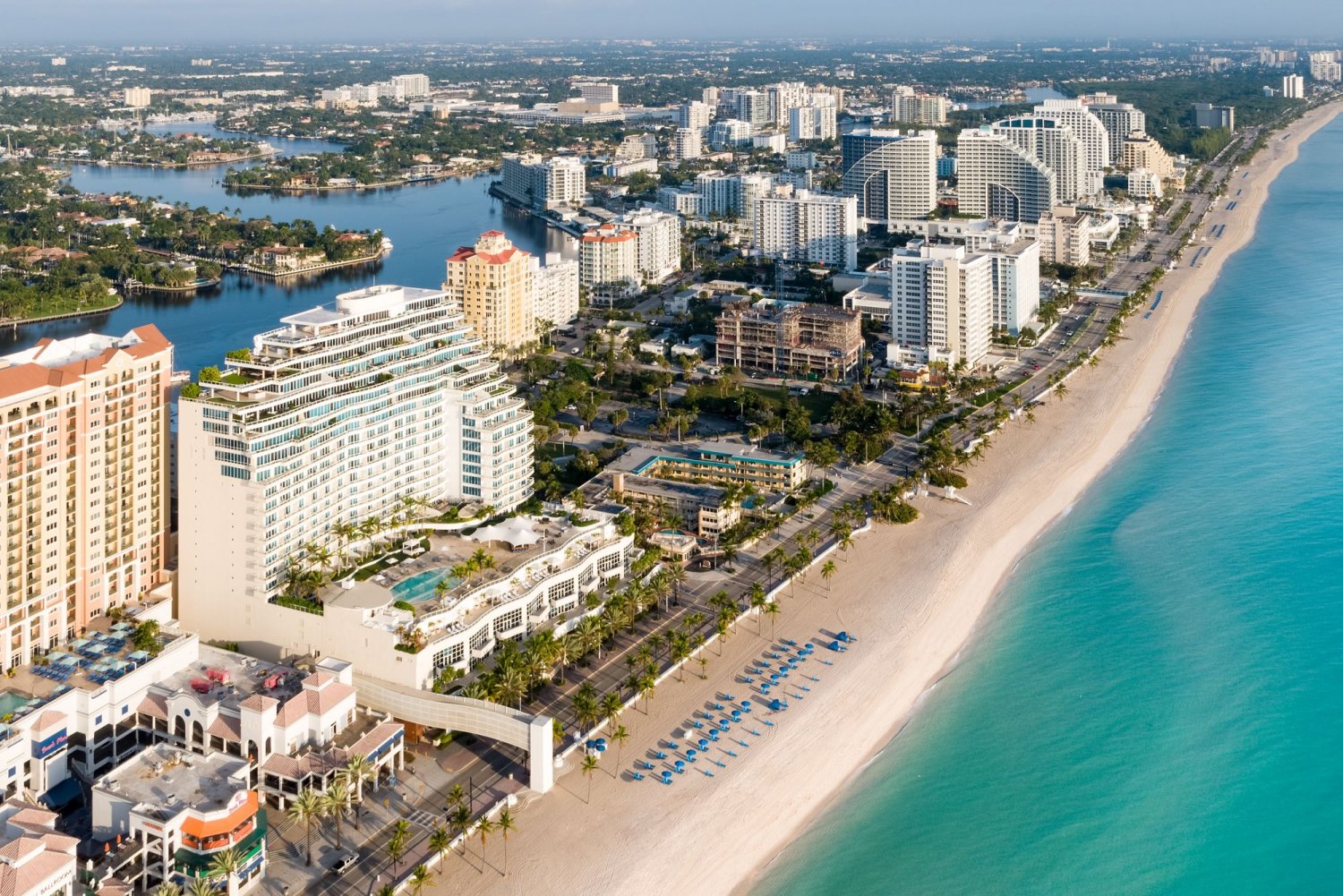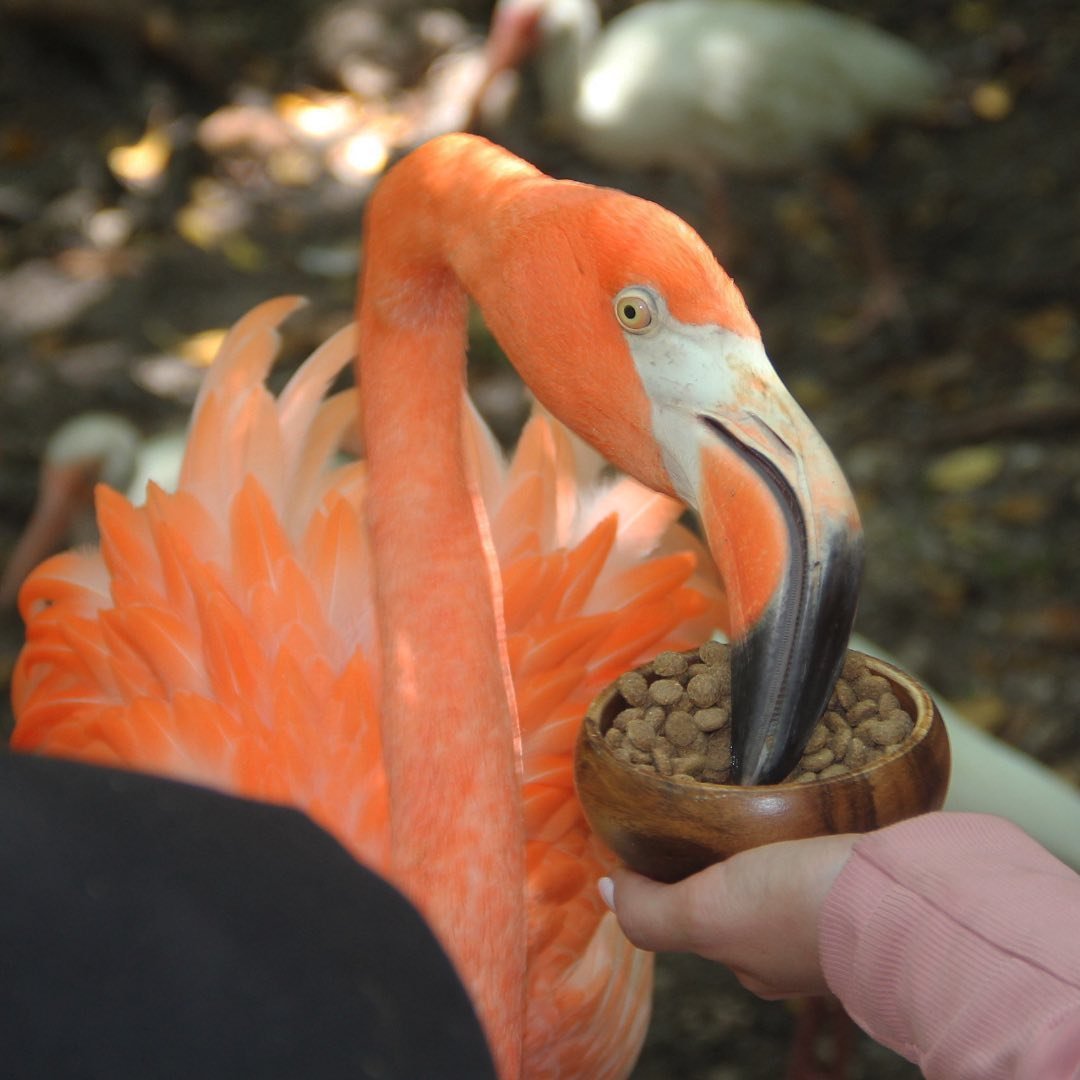History of Florida
Spanish explorer Juan Ponce de Leon, who led the first European expedition to Florida in 1513, named the state in tribute to Spain’s Easter celebration known as “Pascua Florida” or Feast of Flowers.
From that time, Florida has had many waves of colonization and immigration, including French and Spanish settlement during the 16th century, as well as entry of new Native American groups migrating from elsewhere in the South, and free blacks and fugitive slaves, who in the 19th century became allied with the Native Americans as Black Seminoles.
Florida was under colonial rule by Spain and Great Britain during the 18th and 19th centuries before becoming a territory of the United States in 1821. U.S. troops waged war with the region’s Native American population during the Civil War, two decades later.
In 1845, Florida was admitted to the union as the 27th US state. Since the 19th century, immigrants have arrived from Europe, Latin America, Africa, and Asia.
Beginning in the late 19th century, residents of Northern states flocked to Florida to escape harsh winters, giving its nickname the “Sunshine State” due to its warm climate and days of sunshine, which have attracted northern migrants and vacationers.
The economy has developed over time, starting with natural resource exploitation in logging, mining, fishing, and sponge diving; as well as cattle ranching, farming, and citrus growing. The tourism, real estate, trade, banking, and retirement destination businesses followed.
In the 20th century, tourism became Florida’s leading industry and remains so today, attracting millions of visitors annually.
Interesting Historical Facts
- Spanish explorer Pedro Menéndez de Avilés established the first permanent European settlement in the United States at St. Augustine in 1565.
- Before he was president of the United States, General Andrew Jackson led an invasion of Seminole Indians in Spanish-controlled Florida in 1817. After Florida became a U.S. Territory in 1821, Secretary of State John Quincy Adams appointed Jackson its military governor.
- Constructed over a 21-year period from 1845 to 1866, Fort Zachary Taylor in Key West was controlled by Federal forces during the Civil War and used to deter supply ships from provisioning Confederate ports in the Gulf of Mexico. The fort was also used during the Spanish-American War.
- In 1944, airman and pharmacist Benjamin Green from Miami developed the first widely used sunscreen to protect himself and other soldiers during World War II. He later founded the Coppertone Corporation.
- John Glenn became the first American to orbit the Earth when he blasted off from Florida’s Cape Canaveral on February 20, 1962. Seven years later, Neil Armstrong became the first man to walk on the moon after Apollo 11 was launched from the nearby Kennedy Space Center on July 16, 1969.





